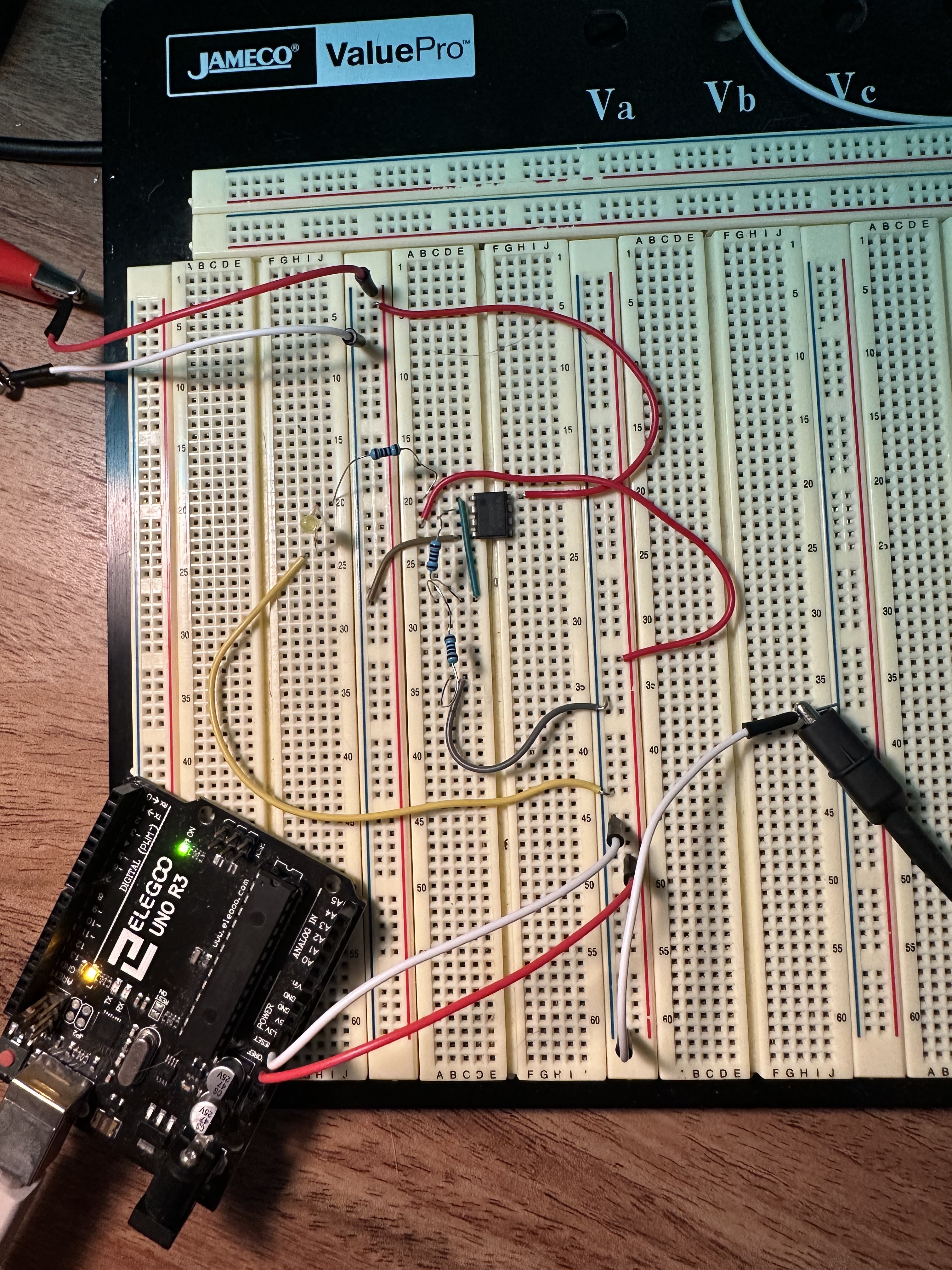this post was submitted on 29 Jun 2023
2 points (100.0% liked)
Ask Electronics
3943 readers
94 users here now
For questions about component-level electronic circuits, tools and equipment.
Rules
1: Be nice.
2: Be on-topic (eg: Electronic, not electrical).
3: No commercial stuff, buying, selling or valuations.
4: Be safe.
founded 2 years ago
MODERATORS
you are viewing a single comment's thread
view the rest of the comments
view the rest of the comments

Put a pot between the arduino's +5V and the circuit, see what happens when you turn it. A 10K to 100K pot should be enough.